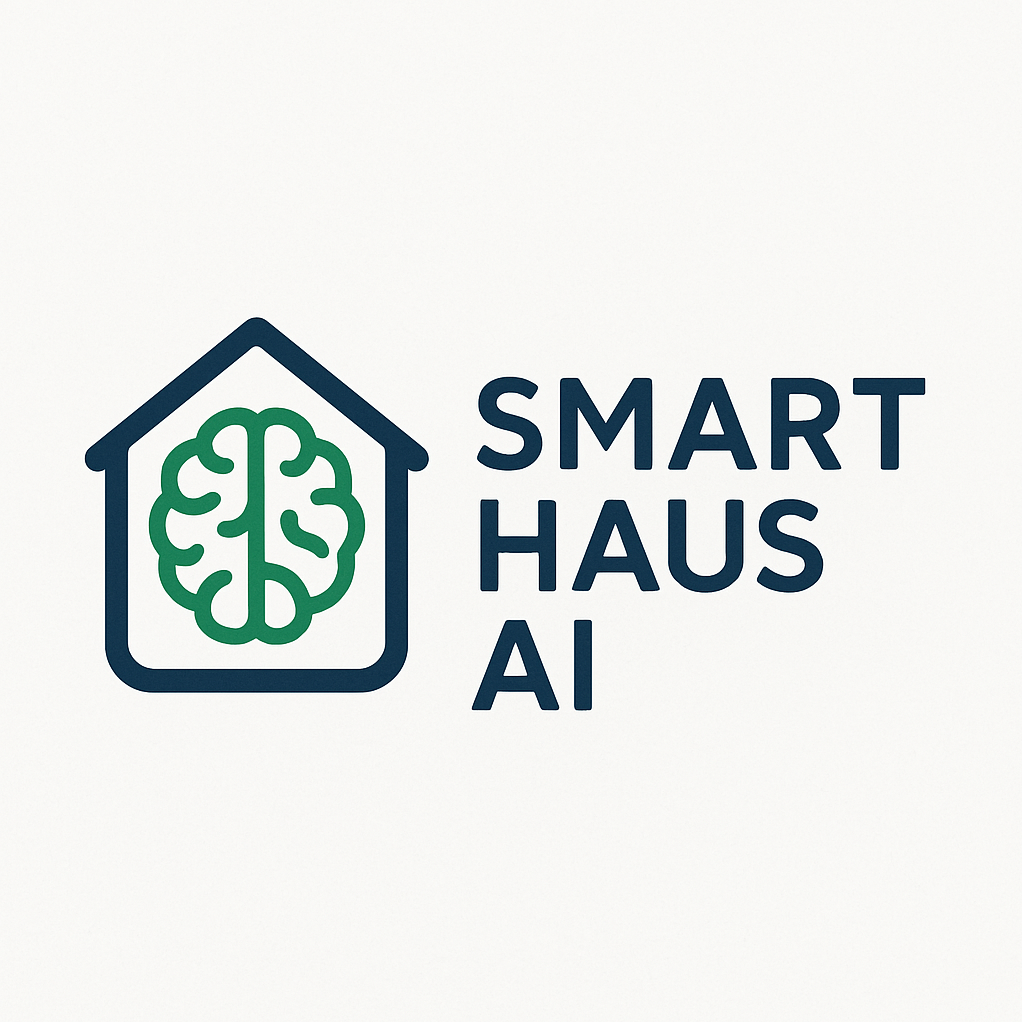How to Automate Your Marketing with AI: A Step-by-Step Guide
Marketing is essential—but it doesn’t have to eat up your entire day. With the right AI tools, small businesses can automate everything from content creation to customer engagement and analytics. Here’s your no-fluff, step-by-step guide to building an AI-powered marketing engine.
In today’s fast-paced digital landscape, adopting AI-driven marketing solutions isn’t just a trend; it’s a necessity for businesses looking to thrive. As competition intensifies, leveraging AI tools can help you stay ahead of the curve and deliver personalized experiences to your customers.
Step 1: Automate Content Writing
For instance, suppose you are writing a blog post about the benefits of AI in marketing. Instead of spending hours crafting every sentence, you can input your main ideas into Jasper, which can generate multiple versions of content, giving you a plethora of options to choose from. This not only saves time but also enhances creativity as you can blend different suggestions into a cohesive piece.
Tool: Jasper or Copy.ai AI content generators can create blog posts, email sequences, and product descriptions in minutes. Simply feed it a topic or outline, and the tool does the rest.
Pro Tip: Create reusable templates for newsletters or product launches.
In addition to the features, Mailchimp’s AI also learns from your campaign performances. For example, if you notice that emails sent at certain times yield higher open rates, you can refine your future email schedules based on these insights, allowing for more strategic engagement with your audience.
Step 2: Generate High-Converting Emails
Tool: Mailchimp + AI Recommendations Mailchimp’s AI can segment your audience, suggest the best time to send emails, and generate subject lines that convert.
Pro Tip: Use dynamic content blocks to personalize emails for different audience groups automatically.
Consider a scenario where you want to promote a new product on social media. With tools like Predis.ai, you can analyze past successful posts and create new content that resonates with your audience’s preferences. Furthermore, you can schedule posts during peak engagement times, ensuring maximum visibility and interaction.
Step 3: Use AI for Social Media Posts
Tool: Predis.ai or Lately These tools analyze past posts, generate new ones, and recommend posting schedules. You can even auto-repurpose blog content into LinkedIn, Instagram, or Facebook posts.
Utilizing Surfer SEO, you can identify specific keywords related to your niche. For example, if your business specializes in eco-friendly products, the tool can help you find long-tail keywords that your audience is searching for, ultimately driving more targeted traffic to your site.
Pro Tip: Set it to run on autopilot and just approve posts weekly.
Step 4: Streamline SEO
Through this automation, you can ensure no customer feels neglected. For example, if a customer has shown interest in your product but hasn’t purchased it yet, a tailored follow-up message can nudge them towards conversion, making them feel valued and understood.
Tool: Surfer SEO or NeuronWriter Get real-time guidance on keywords, readability, and structure while writing. These tools analyze top-performing pages and help you rank better.
Pro Tip: Pair this with a content planner like Notion or Trello for strategy.
Using AI dashboards not only simplifies reporting but also offers predictive analytics. If your dashboard shows a drop in engagement, you can quickly investigate and adjust your strategy, preventing potential losses before they occur.
Step 5: Automate Customer Follow-ups
Tool: ChatGPT via Zapier + CRM Create flows where your CRM updates trigger a personalized follow-up message written by ChatGPT.
Pro Tip: Add conditions for tone and urgency (e.g., warm lead vs. cold).
Utilizing these platforms, you can create a seamless experience from the first touchpoint to conversion. For instance, if a potential customer signs up for a newsletter, they can immediately receive an automated welcome sequence guiding them through your offerings, enhancing retention and loyalty.
Step 6: Analyze Results with AI Dashboards
Tool: Google Looker Studio + Supermetrics Use AI-enhanced dashboards to view ad performance, email engagement, and conversion rates in one place.
Moreover, being able to focus on high-level strategy will lead to more innovative marketing approaches. For example, with the time saved from automating mundane tasks, you can brainstorm new campaign ideas, explore partnerships, or dive into market research, ultimately driving growth for your business.
📊 Additional Tools: Explore other AI tools such as Hootsuite for social media management, or HubSpot for comprehensive marketing automation, ensuring your entire marketing ecosystem is optimized for success.
Pro Tip: Set alerts when engagement drops so you can act fast.
Bonus: Build a Complete Funnel
Tool: Systeme.io or GoHighLevel These all-in-one platforms use AI to help build sales funnels, trigger email automation, and track ROI.
Pro Tip: Look for templates made specifically for your niche.
Final Thoughts
AI isn’t here to replace you—it’s here to amplify your genius. Whether you’re a solo founder or managing a team, automating your marketing lets you focus on strategy, not stress.
🎁 Free Resource: Grab our AI Marketing Automation Checklist and get exclusive tool discounts [insert link here]!

